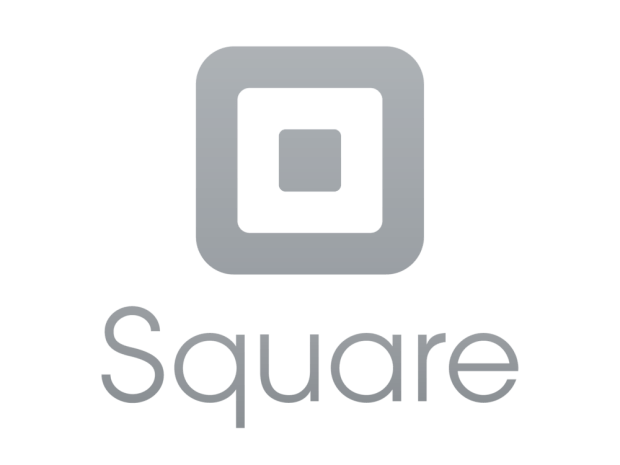Square Beats Street on Payments Processing and Capital Loan Volumes

Square posted second quarter results Wednesday night that topped expectations — and also boosted guidance above the Street, with momentum coming from both the core payments processing business and newer segments including its financing arm and burgeoning loan activities.
The company said that its net loss per share came in at four cents, better than the nickel a share that analysts had thought the company would lose. The top line of $552 million was up 26 percent year on year and was better than the Street at $536 million.
Adjusted earnings were seven cents versus two pennies a year ago. The headline numbers put up by the company also included guidance that pegged adjusted earnings of 22 cents a share for the year, and that is up from 18 cents that had been at the midpoint of previous guidance. The revenue forecast for the year was also nudged up slightly to $2.15 billion from $2.14 billion.
The card readers that have become synonymous with the company helped bring adjusted revenue growth acceleration from 39 percent in the first quarter to 41 percent in the second quarter. Gross processed volume was $16.4 billion, up 32 percent year over year.
One measure of success comes with inroads made into larger enterprises. In supplemental materials, the company disclosed that bigger firms generating more than $125,000 in annualized GPV grew 45 percent year over year. That seller profile now makes up 46 percent of total GPV, up four percentage points from last year.
Management said on the call that traction with larger sellers came along, as CFO Sarah Friar noted, “while maintaining ongoing growth in our core micro and small business base.” She also said that “Just like smaller sellers, we continue to see the majority of larger sellers self-onboard to Square at our standard pricing rates. Additionally, we saw higher growth in products such as invoices and virtual terminals that have a higher revenue rate than card-present transactions.” Speaking to more detail about onboarding, Friar said in the call that among smaller sellers “they come to the website, they’ve heard of Square, and they are able to get on-boarded and use our managed payments in minutes. So, no different and they take the standard rates that you see there.”
Square also announced that capital loan volume was up 68 percent year over year, with an average loan size of $6,000 across 49,000 loans.
Part of that momentum, said CEO Jack Dorsey, was automation, where, “We’ve used machine learning and data science,” he said, to manage risk since the company’s founding. “We’re not competing with financial institutions. We’re creating a new market where…the only other option was asking for a loan from friends or family,” he said on the call. Automation, he said, helps sellers automatically onboard with Square to process payments. Risk assessment takes place for almost all transactions, he said.
Cash cards are also gaining scale, with its first month showing shipments of as many units as had been seen in the first eight months of shipments that coincided with the Square Reader’s launch. The company said that more than a third of active Square Cash customers completed a fee-based transaction across the cards, instant deposit offerings and Square Cash for Business.
During the Q and A on the call, Dorsey said that “with the cash card, I would focus us a lot more on a situational aspect rather than the segmentation of market… We are reaching a audience that may not have a bank account or may not have a full suite of services from a bank.” He added that, “with Square Cash, we started with the most critical thing, which was being able to send money from one person to the other, and really focused on getting it as simple and as fast as possible and I think we have achieved that.”
